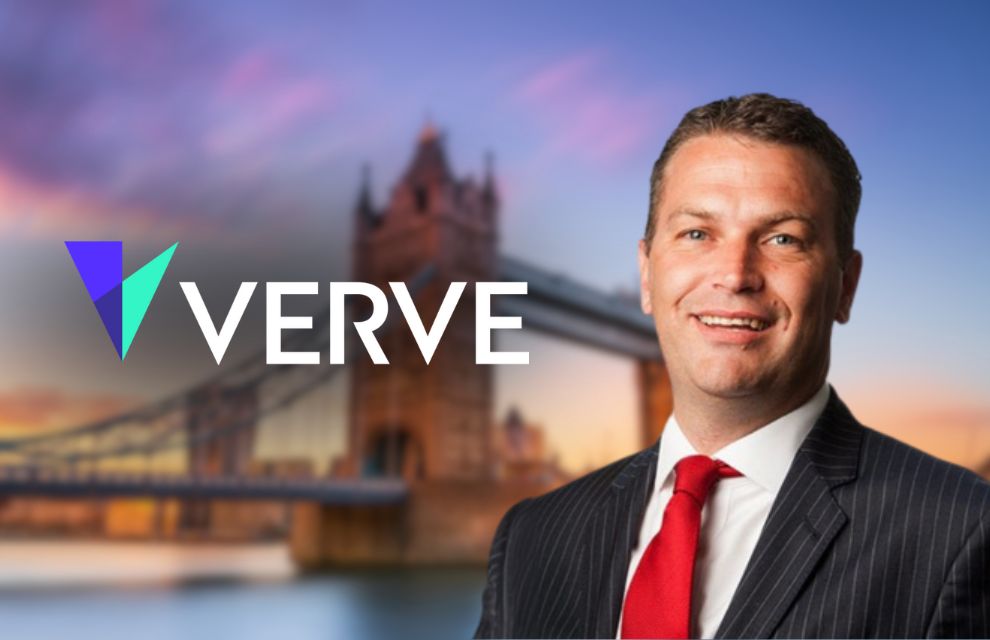Verve Risk Services
Scott Simmons, director of Verve Risk Services, discusses the key decisions and oversight duties of captive insurance boards to help minimise D&O exposure risks. He highlights proper governance, planning, due diligence and accountability measures as imperative for directors
What are some of the key decisions that should be considered by a captive insurance company’s board before, during and after formation?
They include developing and understanding the operational structure, corporate governance policies, capitalisation costs, domicile location, lines of business, regulatory requirements, feasibility analysis, due diligence and implementation planning.
The board is also responsible for oversight after formation, which includes reviews of financials, investments, losses, legal issues, insurance coverages, regulatory compliance, operating performance in comparison to the original plan, corporate policies, reinsurance programmes and value delivery to members.
Why is it important for prospective board members to ensure a full due diligence process has been completed before the captive’s launch?
If due diligence is not completed, there could be significant implications down the line including captive failure. This, in turn, would have consequences for those involved such as potential directors’ and officers’ (D&O) liability lawsuits. To prevent this, board members have a responsibility to ensure proper planning and analysis is done before launching the company.
How can having board members with affiliations to captive members be both an advantage and disadvantage?
It can provide valuable industry knowledge and engagement with members, but can also lead to conflicts of interest or differences of opinion between various member groups.
What are some of the differences in roles and responsibilities between serving on the board of an RRG group versus a PCC?
Risk retention groups (RRGs) and protected cell captives (PCCs) have different structures and nuances that board members should understand. A key difference is that RRG boards have a duty to members across various jurisdictions, while a PCC board oversees specific cells that are legally separated even though they operate under one main captive entity.
What ongoing reviews and accountability factors should the board focus on once the company is operational?
The board should regularly review financials, investments, losses, legal issues, insurance policies, regulatory compliance and operating performance compared to the feasibility study, corporate policies, reinsurance programmes and delivery of value to captive members.
What are some examples of lawsuits that have been filed against captive boards and directors? What allegations were made in those cases?
To name a few, management of reserves leading to insolvency, investment misrepresentation and self-dealing, using the captive to avoid legal obligations, improperly calculating deductibility of federal income taxes and regulatory violations. The allegations range from negligence to deliberate fraud and self-enrichment by boards.
Why could recent IRS scrutiny of 831(b) micro-captives potentially lead to management and boards being sued?
The Internal Revenue Service (IRS) is investigating perceived abuses of small captives taking this tax election.
The potential tax or regulatory penalties, arising from the investigations, have the potential to spur derivative lawsuits against the boards for alleged mismanagement, lack of oversight and negligence.
What message does the overall growth of the captive industry send about the involvement of experts during feasibility studies and implementation planning?
It shows the value of properly researching captives, planning, and using well-qualified captive managers or consultants during the captive formation process. This helps lead to more successful long-term operations.
What key duties should directors and officers fulfil to help avoid D&O claims being filed against them?
They should act in utmost good faith, exercise sound judgement, have clear procedures and controls and undertake reviews and due diligence. In addition, they need to have strong financial management, stay educated on regulations and member value issues and make decisions aimed at fulfilling their fiduciary duties and delivering the captive’s intended value.





